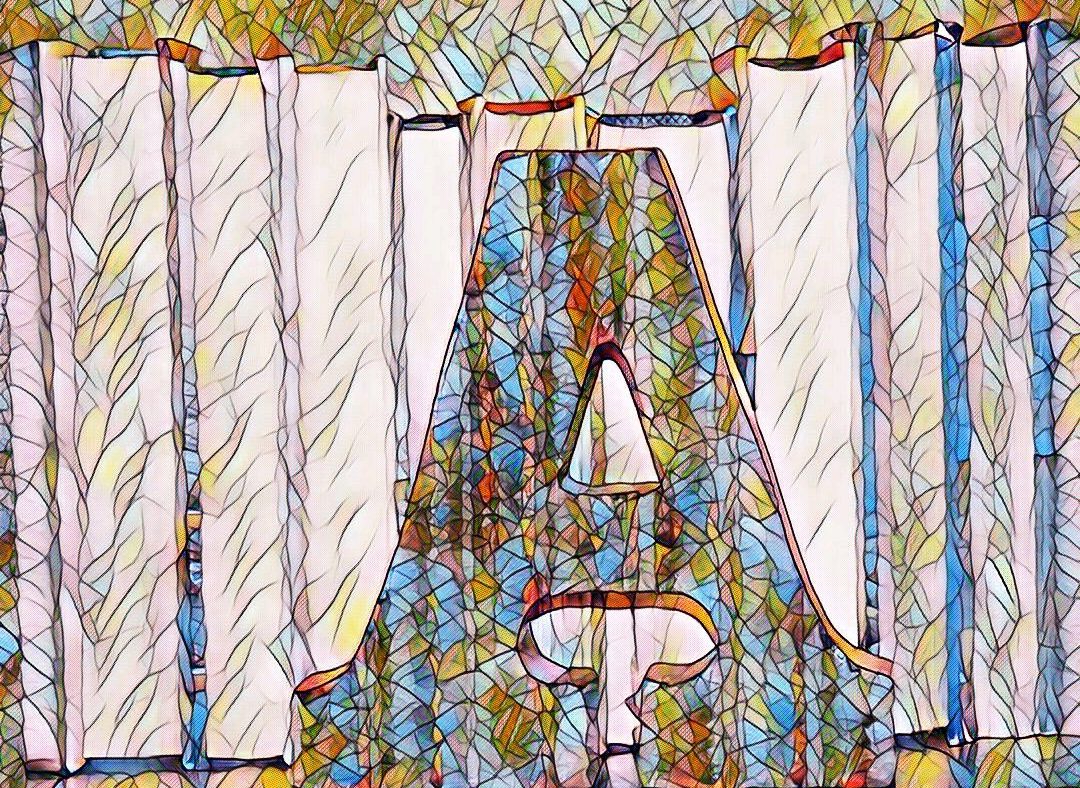Book Review

Time’s Convert
by Deborah Harkness
Penguin Books © 2019
A Continuation of the All Souls Trilogy
Summary:
Becoming a vampire takes thoughtful consideration. Marcus MacNeil was sired on the battlefields during the American Revolution. Feverish and confused, he may not have understood the power Matthew de Clermont was offering before he accepted. In modern day, he met his mate in the warmblood, Phoebe Taylor. Together, the two decide she will begin her journey of immortality so that they may live out their immortal lives together.
Becoming a vampire takes more than just a decision, however. The path to immortality is steeped in tradition and education. New vampires are sheltered from friends and family as they are taken through their youth again, learning how to adapt to the power in their bodies. Learning to move, control their strength and hunt takes strong guidance. Unfortunately, Marcus cannot be a part of Phoebe’s transformation. He and Phoebe must separate for 90 days while she grows under the tutelage of her sire, Miriam, great Aunt, Freya, and loyal de Clermont family servant, Francoise.
Phoebe’s separation from Marcus causes Marcus to reflect on his own transition in the 18th century. As he grew into his new life as a vampire, he had to learn how to handle his new family and the demands of the powerful de Clermont family. Often at odds with the liberty and equality views of his heroes, the head of his clan, Phillippe de Clermont demanded loyalty of Marcus. Marcus’ journey to acceptance in the de Clermont family was not as smooth as it would seem, judging from his role for the family in today’s Knights of Lazarus. As Marcus reflects on his past, it might impact what he wants from his future.
At the end of 90 days, when they reunite, will Marcus and Phoebe find themselves changed by their respective transitions? Or will they continue their plan to live their immortal lives as mates?
My Thoughts:
Though this book is a stand-alone novel from the All Souls Trilogy, I would not recommend this book to readers who are unfamiliar with All Souls. The recurring characters are difficult to understand without context as to their backstory. Even understanding why Diana and Matthew would be cautious that their children are Weavers may catch readers confused without an All Souls frame-of-reference.
To readers familiar with All Souls, this is a nice re-connection with favorite characters. Again, Harkness creates her world with vivid imagery, including American Revolutionary life and Parisian life in the buildup to the French Revolution. Her incorporation of historical figures like the Marquis de Lafayette and Thomas Paine, as always, add more robust grounding to her fictional tales.
The story is told in modern perspectives from Phoebe, flashing back to the 18th and 19th century’s perspective with Marcus, and also in modern perspective with Diana. I must confess, adding Diana’s point of view made the story feel more weighted down than I would have liked. I did enjoy the continuation of Diana and Matthew’s story, and I enjoyed catching up with Jack and the twins. But, that particular story felt weaved into the plot to revisit All Souls for the fans, not necessarily for the plot and pacing of the story itself.
That said, overall I enjoyed the book and would recommend it to someone looking to revisit some more of Deborah Harkness’ universe.

